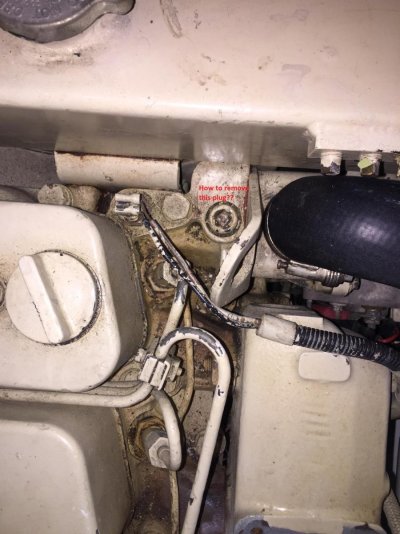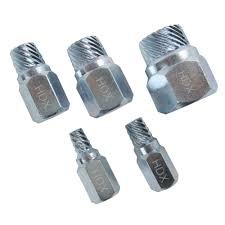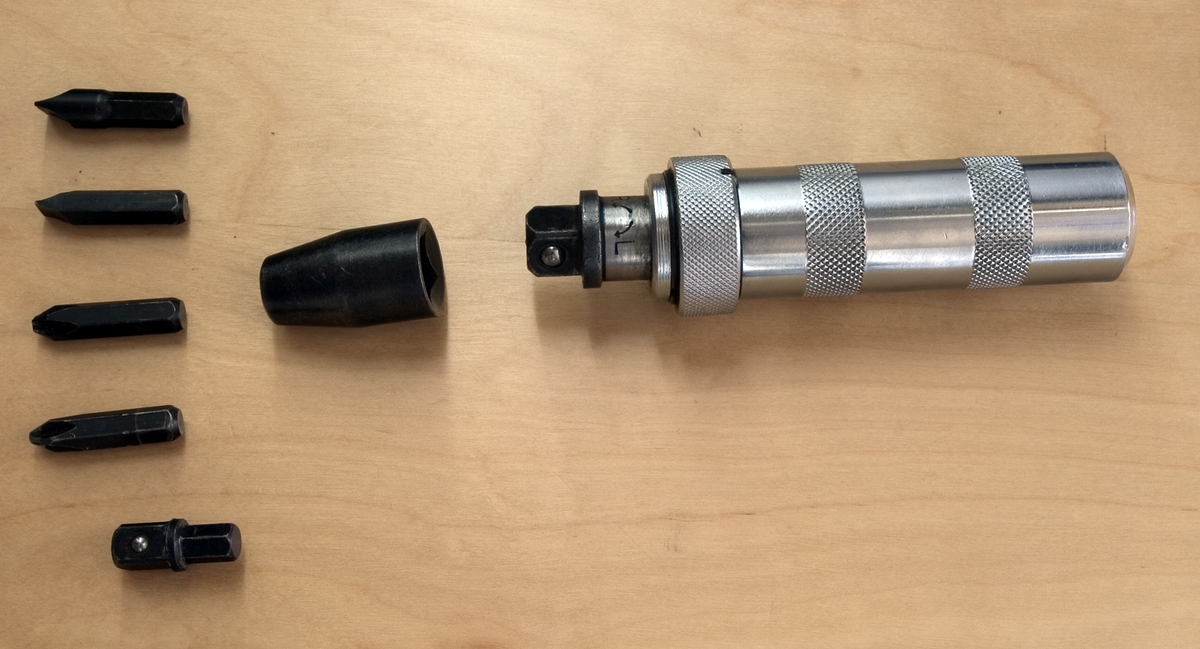I want to remove a pipe plug on my Cummins 6BTA5.9 M3 370. It is adjacent to the thermostat housing and forward lifting lug....see photo attached. I THINK it is a 1/2" NPT plug; it has a square drive socket head (3/8"??...not sure).
It hasn't been touched for 17 years. I put a ratchet socket wrench with an extension piece onto it but the ratchet was going to break before the plug moved.
What are the 'trade secrets' for getting this thing out?
It hasn't been touched for 17 years. I put a ratchet socket wrench with an extension piece onto it but the ratchet was going to break before the plug moved.
What are the 'trade secrets' for getting this thing out?



